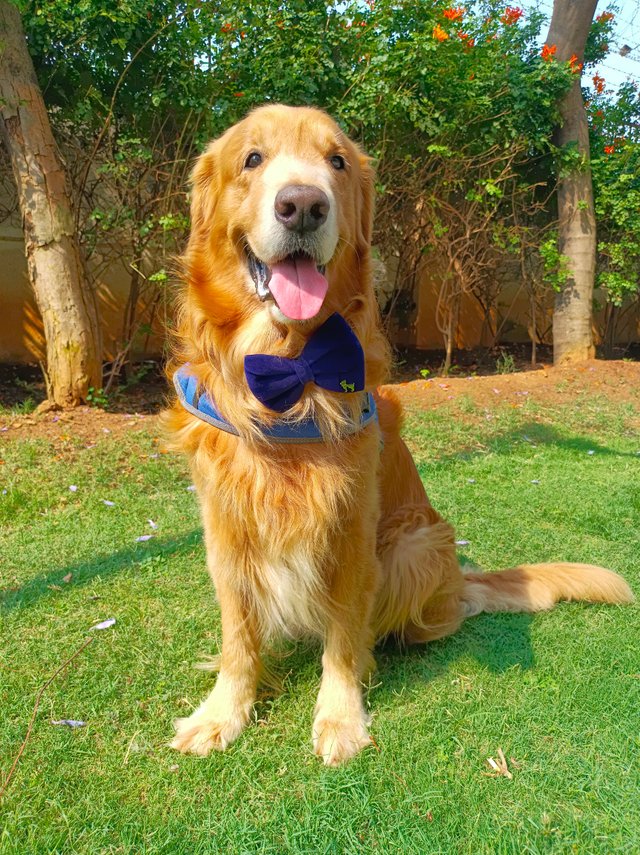Did you happen to know that there are more than 500 million domestic dogs in the world? And what's more intriguing is that all these dogs are related to each other! This is substantiated by the well-established fact that the evolutionary tree of dogs is based on the Gray Wolf. Genetic biologists have discovered that there is only a minuscule difference between the DNA makeup of a wolf and that of a dog. Although the process of natural selection has brought in changes that differentiate one breed of dogs from another, the impact of human interference has been quite extensive. As you might know, that, many of the modern dog breeds are all man-made through the process of selective- breeding.
The transformational history of the dog, from wolf to a domestic companion, goes way back to the days of hunter-gatherer tribes. The wolves would actually scavenge around the settlements of these primitive human tribes. These human habitats would provide a good source of left-over meat and hide for the wolves and inadvertently, the wolves doubled up as a security system for the settlers, raising an alarm in case of any intruders or other potential threats. Also, it appears that humans are somehow hard-wired to adopt animals in one way or the other since those early days. Most of us just melt at the sight of a cute, adorable pup. Maybe our primitive ancestors would have got similar feelings, for all we know. The transition would have happened quite smoothly, as the wolves are also social animals, especially, when they saw the human settlements as a potential source of food and shelter. Soon, our hunter-gatherer ancestors realized the fact that these wolves, with their acute sense of smell, sharp canines, and killer instinct, would be an excellent companion on hunting expeditions. Hence, giving birth to the human-dog relationship, and as they say, the rest is history!
It is safe to consider that the domestication of wolves hasn't happened as an isolated incident but would have happened in different regions spread across different timelines in history. The emergence of fossilized archaeological evidence of dogs buried along with humans in different parts of the world, from the Middle-East to Siberia, Scandinavia, and North America point to the fact that dogs may have been domesticated as early as 30,000 years back. As the early humans started migrating to different regions of the world, their new-found loyal companions also followed at their heels. And as one would expect, this resulted in the dogs mating with other dog populations, exchanging their traits and temperament giving rise to new breeds of dog. These events laid the foundation of the evolution of the modern dogs that we see today.
